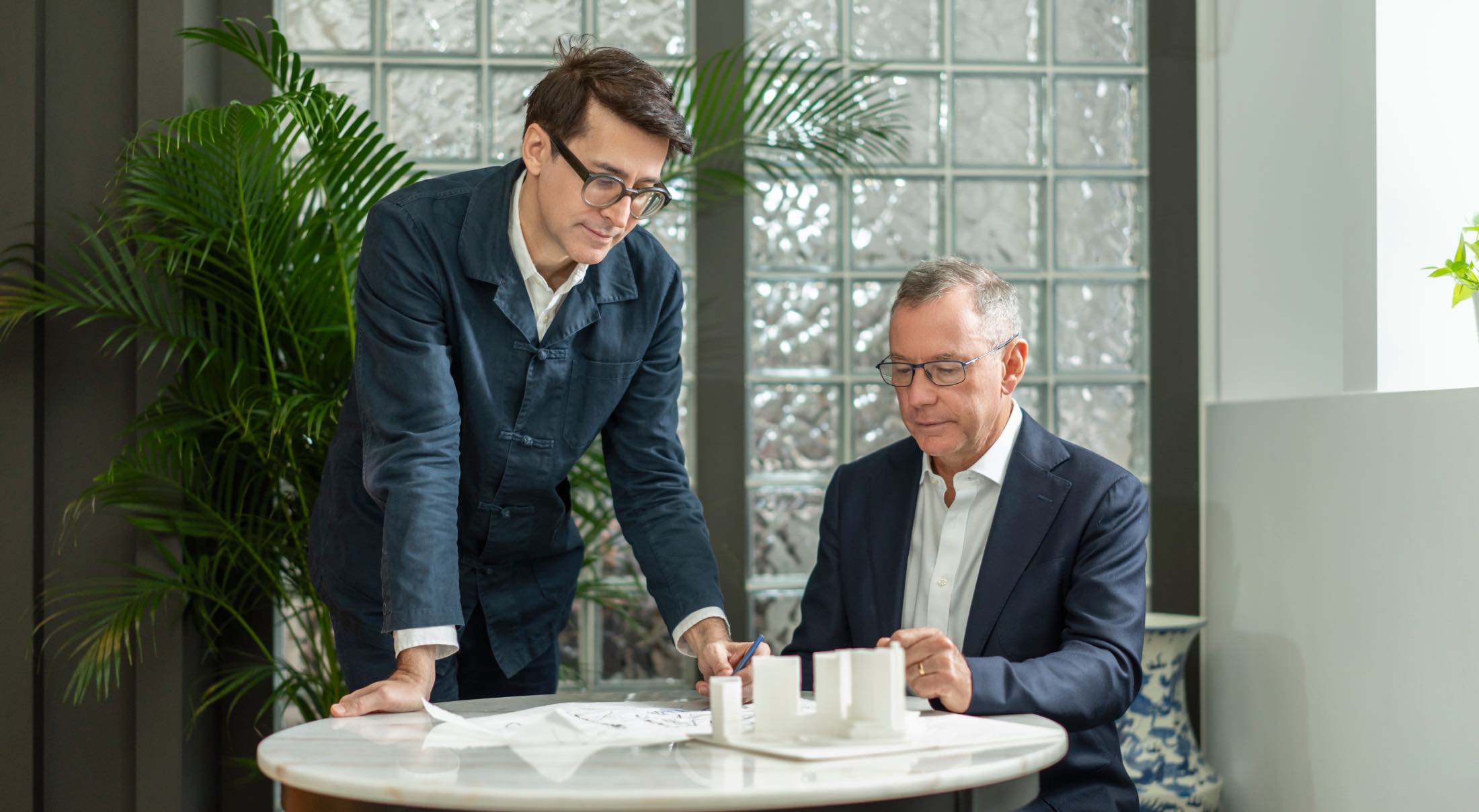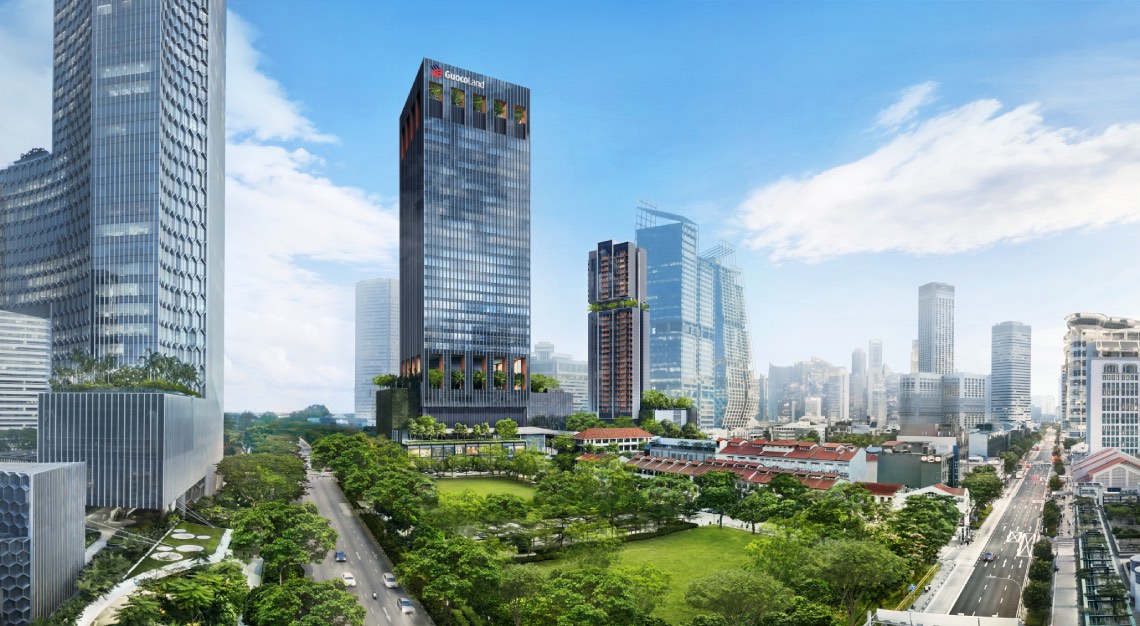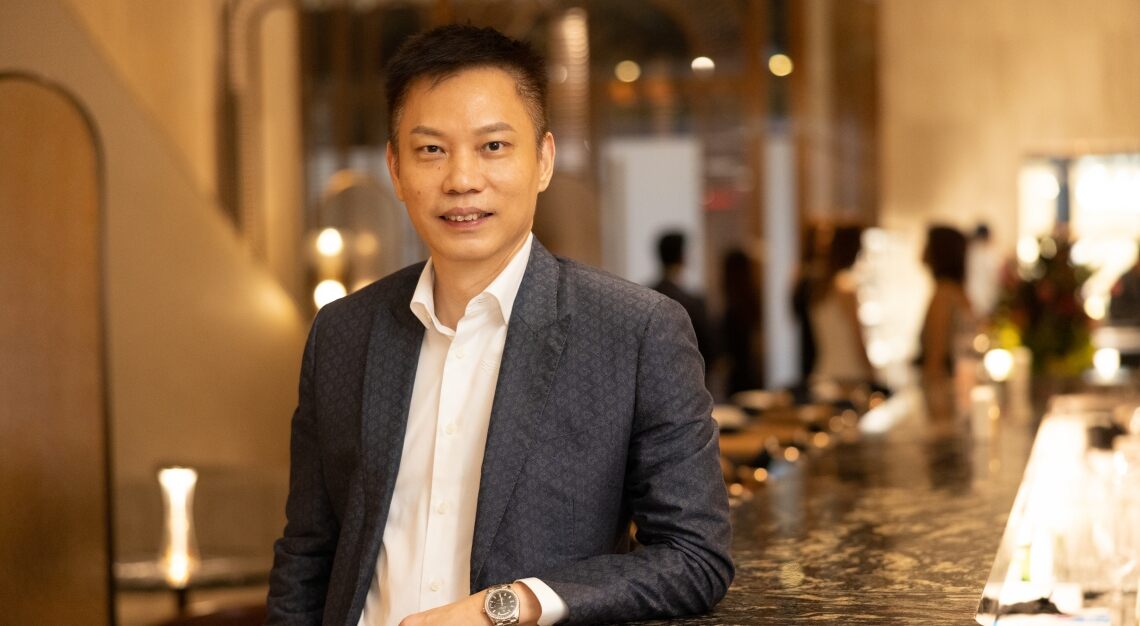In Mind Your Business, we speak with business leaders and thinkers who inspire their respective companies and industries. Here, we feature Dr. Stéphane Lasserre and Robert Day, principals and studio practice leaders of HKS Singapore
Design can often be a misleading term. Its all-encompassing nature lends it an elusive quality that makes it difficult to define. So when it comes to discerning good design in luxury hospitality, well, it often is a challenge.
It only seems natural then, that truly good hospitality design—one that immerses, soothes, and energises—can only emerge from an approach that is similarly holistic. Few understand this better than Dr. Stéphane Lasserre and Robert Day, who together lead HKS’ Singapore studio as principals and studio practice leaders for hospitality and for master planning & landscape respectively.
Part of a global practice with more than 80 years of expertise, their team takes an integrated approach that sees architecture, interiors, landscape, and planning developed side by side, with each informing the other.
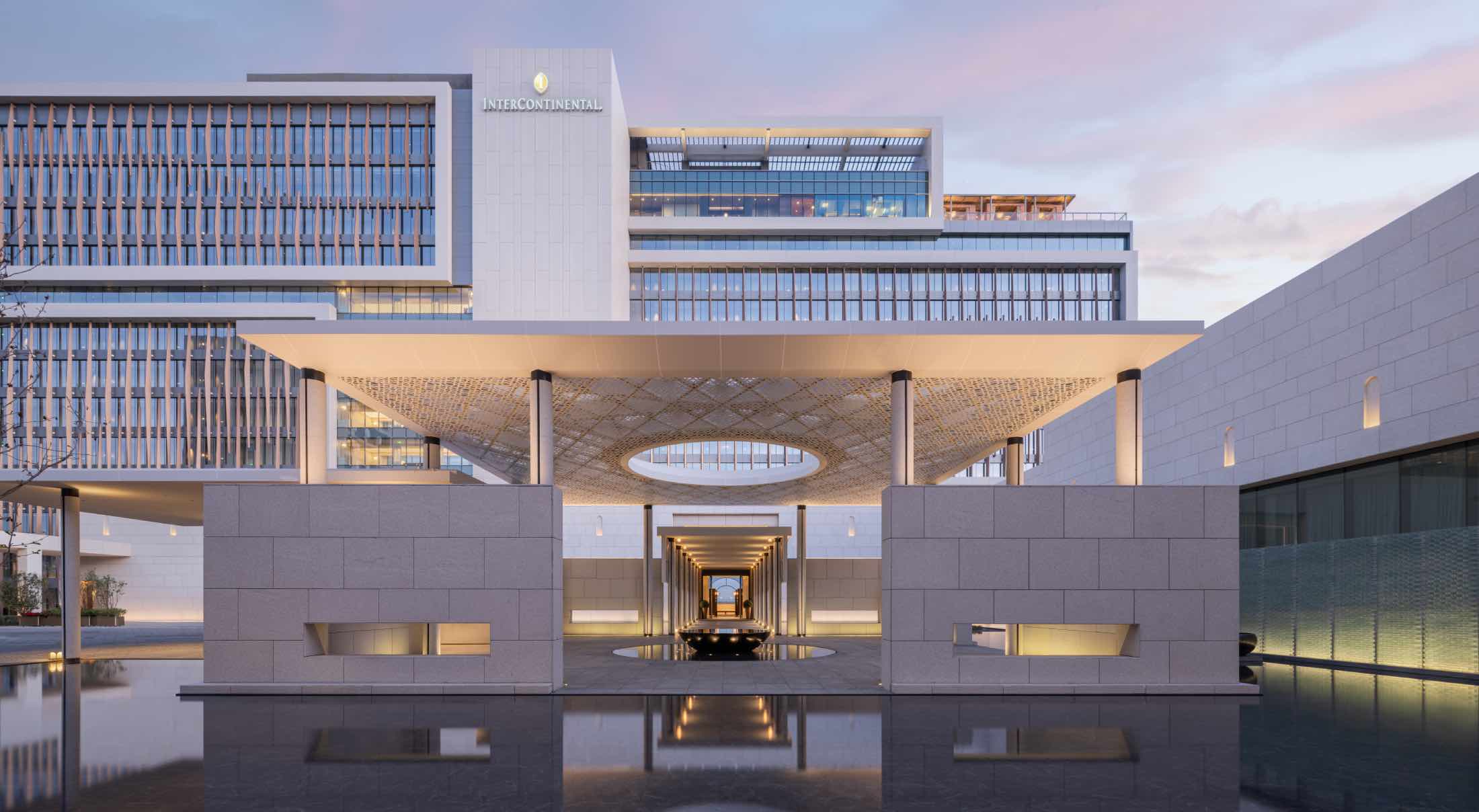
This approach has recently found expression in the Huamei Resort Yining InterContinental and EVEN Hotel Complex in Xinjiang. Framed by the Ili River and Tianshan Mountains, the project reimagines traditional courtyard living through a contemporary lens, weaving together cultural narratives from more than 40 ethnic groups into an experience of modern luxury.
And while such a philosophy can lead to what Day calls “creative debates,” it helps that Lasserre and Day are as engaging in conversation as they are in practice—their passion and expertise readily apparent, and essential to the collaborative way they shape design.
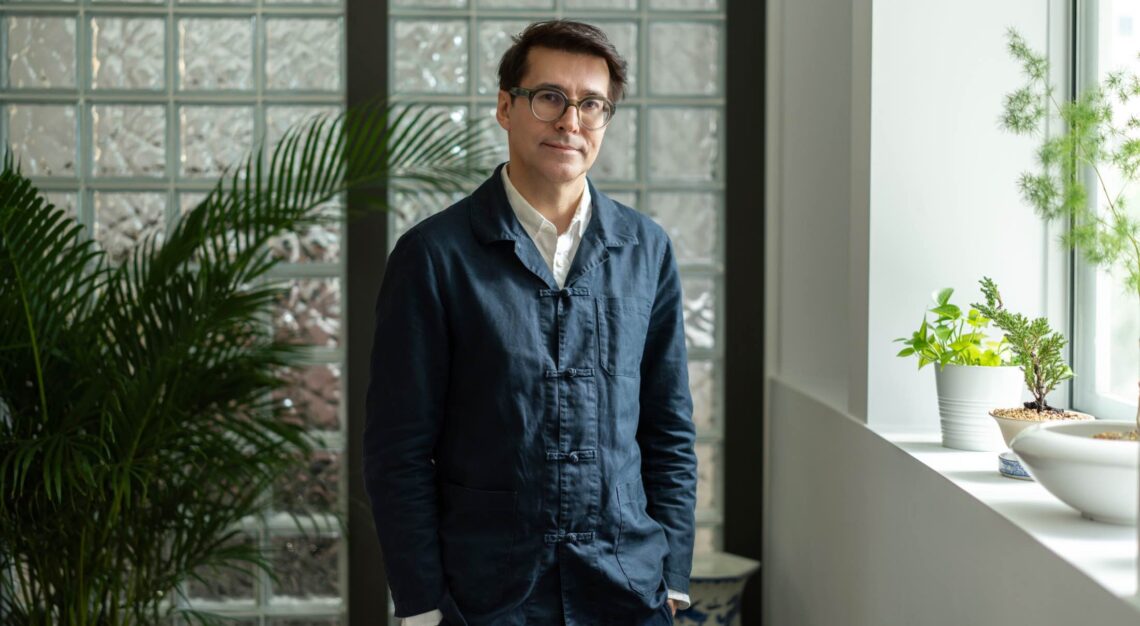
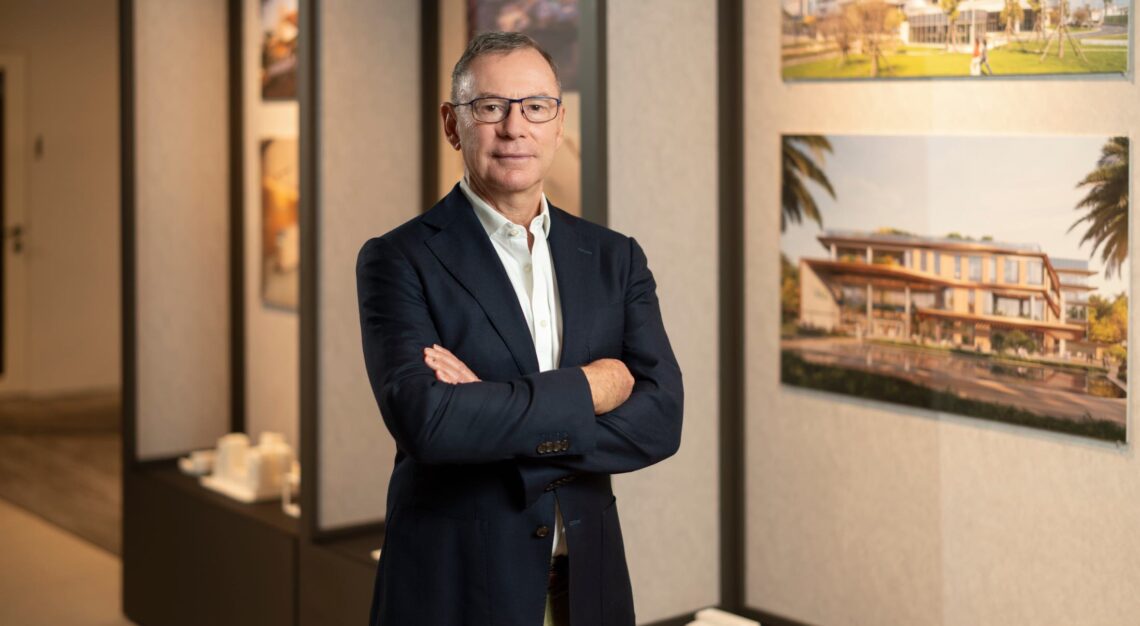
Could you tell us a bit how this integrated approach works in practice?
Robert Day (RD): Traditionally, designs break down into architecture, landscape, interiors, and there’s a reason for doing that. But when you really go to a resort, what’s the first thing you usually see? It’s usually the gate and the landscape, right? And so it plays a critical part, especially in hospitality.
Dr. Stéphane Lasserre (SL): The experience is holistic. It is not just an interior or an exterior, it’s a combination of all the services. So this is something that goes across studios or landscape or even architecture. We’re able to simulate the environment and propose comprehensive design solutions.
What happens when architects and landscape designers see things differently?
RD: Architects and landscapers are trained completely differently. So to have that energy come together is really good. And when you can have those healthy creative debates, that can only be good for the project.
SL: I don’t see much conflict. I see landscape as a tremendous value add to architecture plans. A lot of architects tend to respond to technical constraints—building codes, turning radiuses for cars—it can be very literal. Landscape brings a step-back vision, softening elements with plants or paving, while still complying. It’s great value.
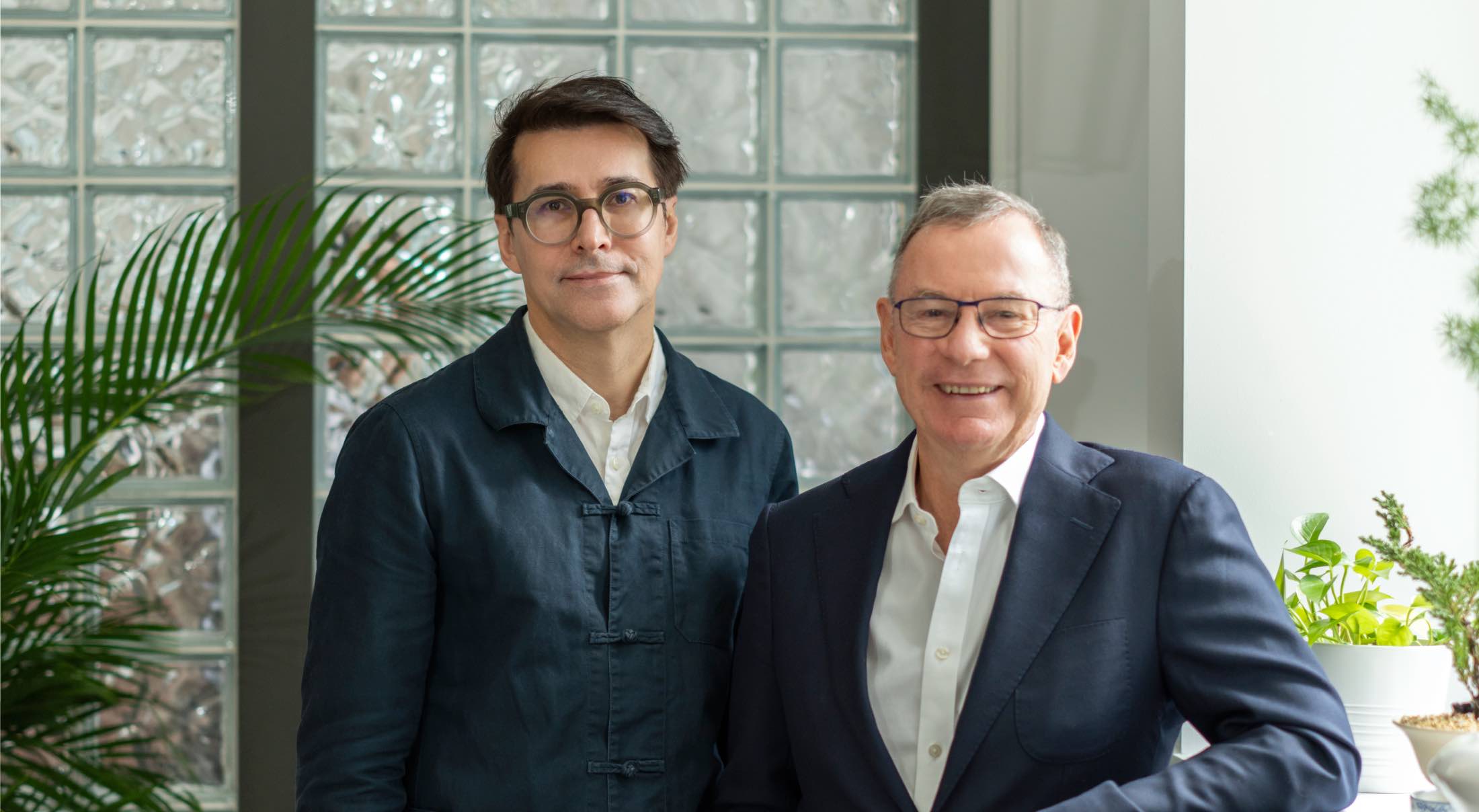
Travel and hospitality have changed so much in Asia over the past 20 years. How has that affected your approach?
SL: Travellers are looking for authenticity in their travel. So the design changed accordingly. It’s no longer about international design or international value. Travellers are increasingly seeking localised experiences.
RD: Hospitality has really just paralleled the economic growth. It’s gone from a seven-day week to a six-day week to a five-and-a-half-day week. That gives leisure time, and then hospitality starts growing because you’ve got time off. And it’s not just hotels but restaurants and parks and more places to spend your time. And we’ve seen that growth.
Storytelling seems to be central to your design philosophy. Why is that so important today?
SL: I think for architecture it’s more about authenticity. There’s nothing worse than going to Vietnam or China and being in a very generic hotel, right? So we try to tell stories. Storytelling in design is very important now. That goes through the typology of the building, vernacular references, use of materials, working with the community and people from the village who produce craft elements. We try to integrate those. And we do a bit more research than before, into the design history of each place.
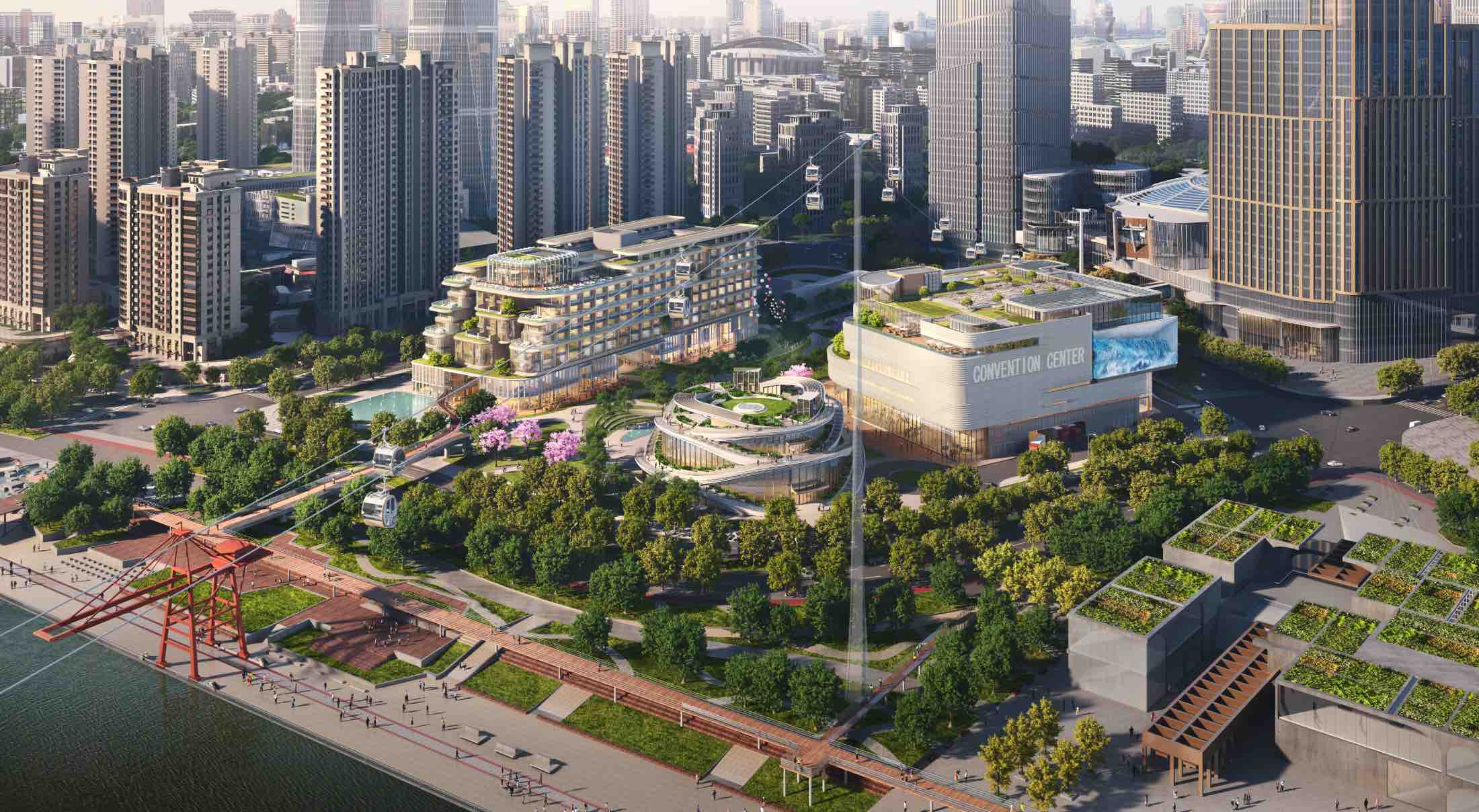
How do you handle sites that don’t have a rich cultural or natural context to draw from?
SL: No history is already a history. Even if the site or landscape has no quality, you can build the quality into them. But I think everybody has a certain image of a country so it’s always a good start to do research, even if the particular place has no quality.
RD: Not everyone has that stunning sea view. You just turn inward—you have courtyards, you have planting, you can create something. Not every site is Bali. People always say, “find the next Bali.” I’m not sure there is another one, but you can always create character in different ways, through architecture, through landscape, through cultural programs.
What is a design element or consideration that is most underappreciated?
SL: Sustainability is important but underappreciated. It’s generally not visible: better air circulation, shading, water efficiency. These are essential, but the guest doesn’t see them.
Looking ahead, what excites you most about hospitality design in Asia?
RD: For me it’s spreading tourism beyond the over-saturated hotspots. Indonesia, the Philippines—there are incredible underdeveloped regions. You can bring jobs to new areas.
SL: For me, it’s wellness. Projects that blend hospitality with healthcare. In Europe, wellness has always been tied to health improvement, long-term cures. I think this is coming to Asia now, with operators blending diagnostics, spa, and preventive medicine. It’s the next level of wellness, and it’s very inspiring.
